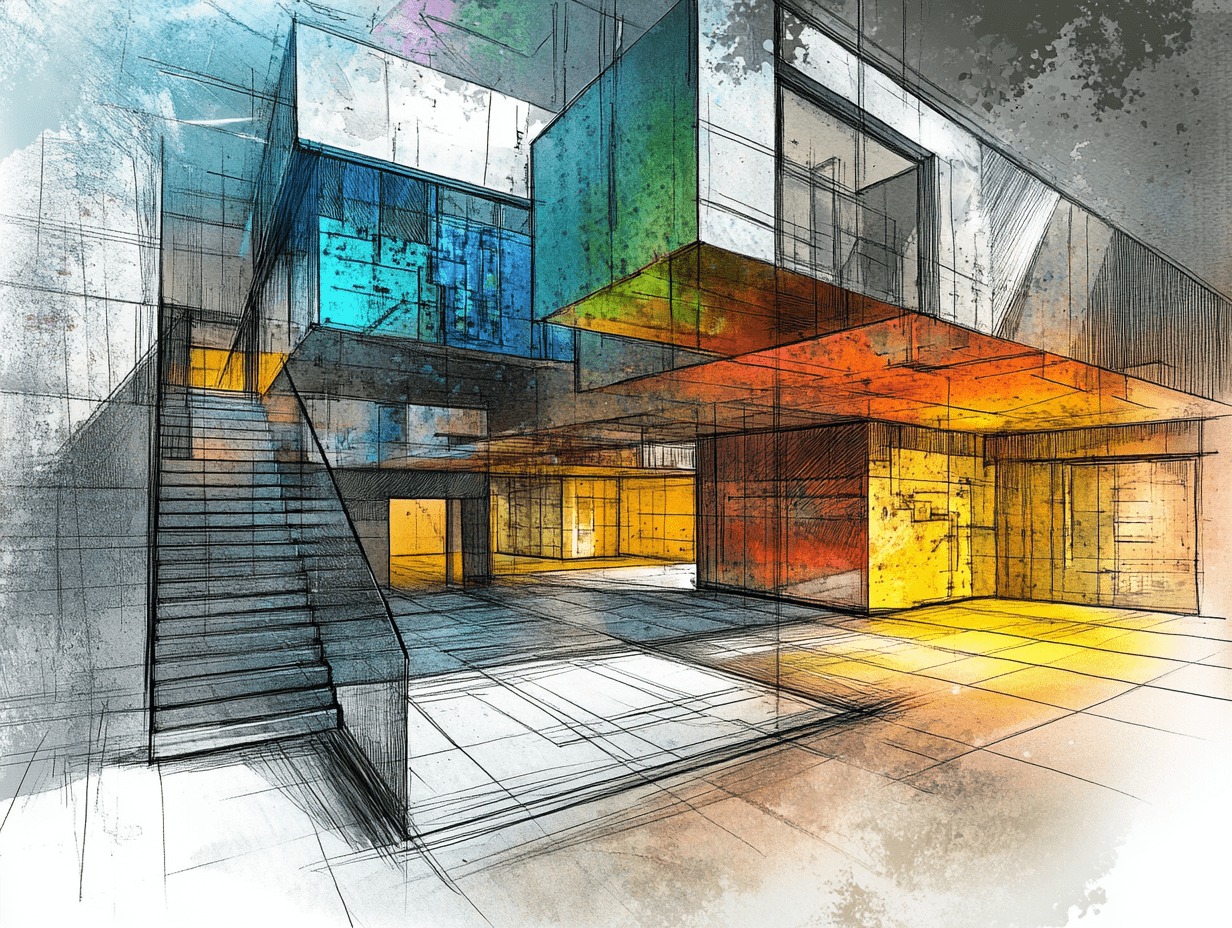Building design and planning is at the heart of every successful construction project. Whether it’s a residential home, a commercial complex, or an industrial facility, the design and planning phase lays the groundwork for the entire development process. In today’s fast-evolving construction industry, effective building design and meticulous planning not only ensure structural integrity but also integrate modern aesthetics, sustainability, and functionality.
The design of a building serves as the blueprint for how a structure will look, feel, and function. Architects, engineers, and designers work collaboratively to create layouts that meet the client’s needs while adhering to local building codes and regulations. A well-thought-out design considers many elements such as space utilization, lighting, ventilation, accessibility, and safety. Beyond technical requirements, modern building design also reflects the latest trends in architecture, including open floor plans, smart home technology, and eco-friendly materials. A thoughtfully designed building can significantly improve the quality of life for its occupants and increase the long-term value of the property.
Planning is the strategic component that turns a design concept into reality. During this phase, project managers, contractors, and consultants coordinate to establish timelines, budgets, resource allocation, and risk assessments. Detailed planning helps identify potential challenges early, allowing teams to implement solutions before construction begins. Efficient planning ensures that the project stays on schedule and within budget, minimizing costly delays and unforeseen expenses. Moreover, comprehensive planning helps secure the necessary permits and approvals, ensuring full compliance with local, state, and national regulations.
In recent years, technology has revolutionized the building design and planning process. Advanced software such as Building Information Modeling (BIM) allows architects and engineers to create highly detailed 3D models of buildings, enabling better visualization and coordination across different teams. Virtual reality (VR) and augmented reality (AR) are also being used to give clients immersive walkthroughs of their projects before construction even begins. Additionally, project management software streamlines communication and collaboration, allowing for real-time updates and adjustments throughout the construction lifecycle.
Sustainability has become a critical aspect of building design and planning. With growing awareness of environmental issues, architects and planners are prioritizing energy efficiency, water conservation, and the use of renewable materials. Green building certifications such as LEED (Leadership in Energy and Environmental Design) encourage the adoption of sustainable practices, which not only benefit the environment but also result in long-term cost savings for building owners. Incorporating features like solar panels, rainwater harvesting systems, and energy-efficient HVAC systems has become increasingly common in modern constructions.
Despite advancements, building design and planning still face several challenges. Balancing aesthetic appeal with functional requirements can be complex, particularly when working within tight budget constraints. Regulatory compliance can also be a hurdle, especially in regions with stringent zoning laws and building codes. Additionally, unforeseen factors such as changing market conditions, supply chain disruptions, and labor shortages can impact project timelines and costs. Effective communication, flexibility, and proactive problem-solving are essential to navigating these challenges successfully.
Building design and planning are crucial stages that determine the success of any construction project. They involve a blend of creativity, technical expertise, strategic coordination, and forward-thinking innovation. As the industry continues to evolve, the integration of technology and sustainable practices will play an increasingly significant role in shaping the built environment. With careful design and meticulous planning, construction professionals can deliver structures that are not only functional and safe but also beautiful and environmentally responsible.

